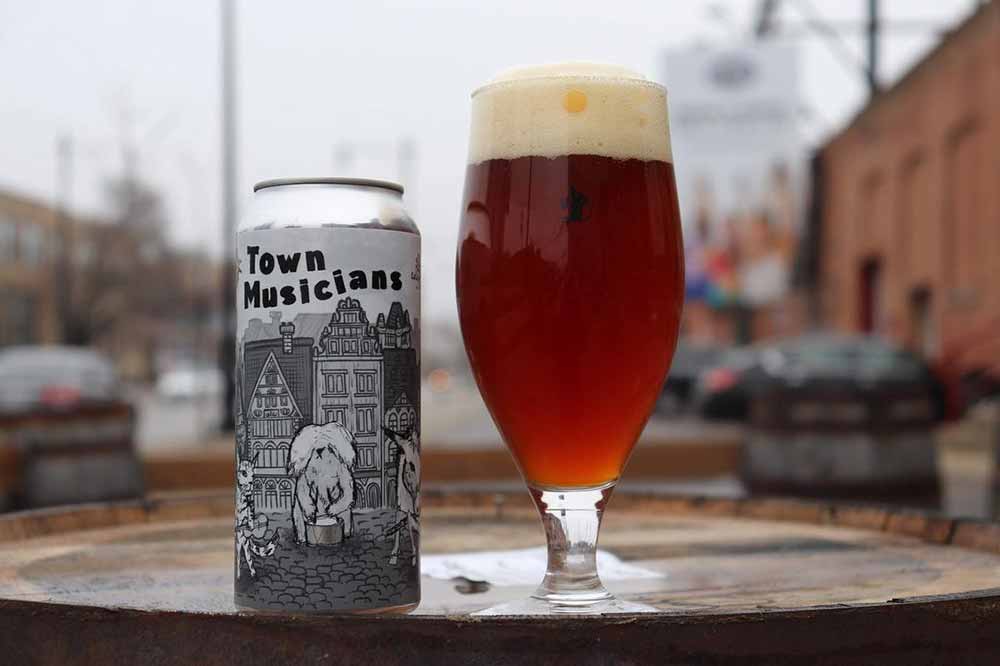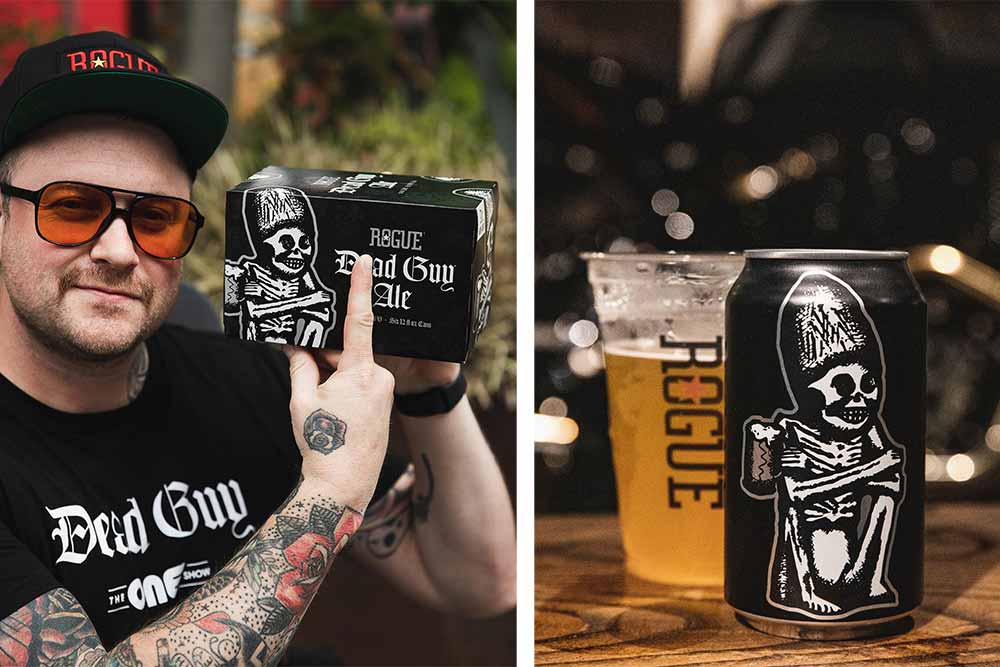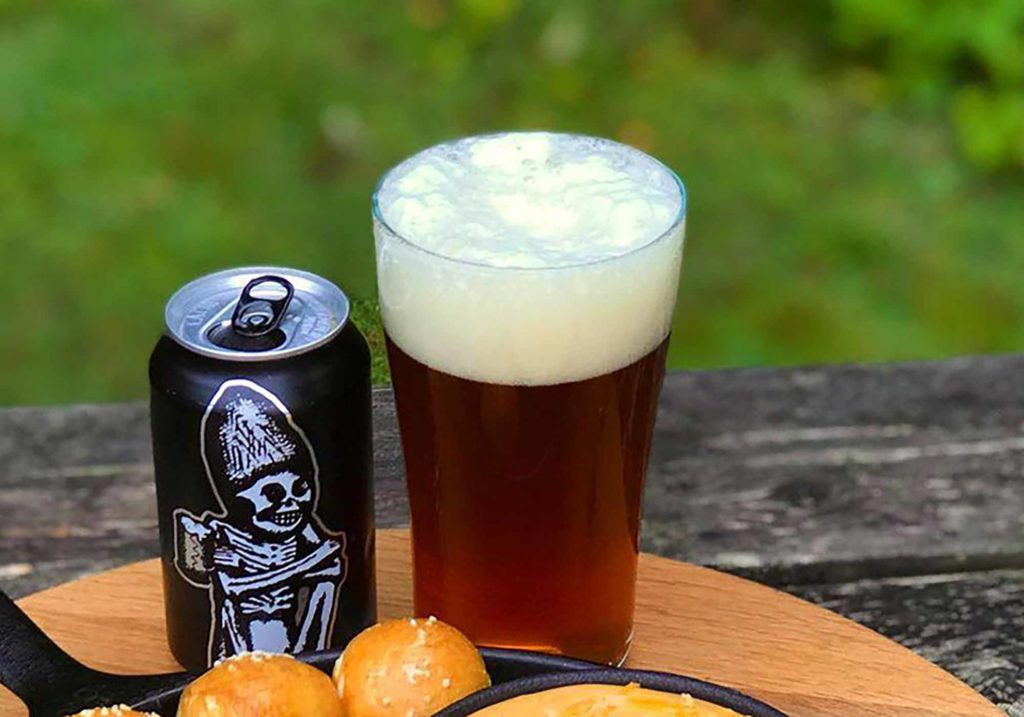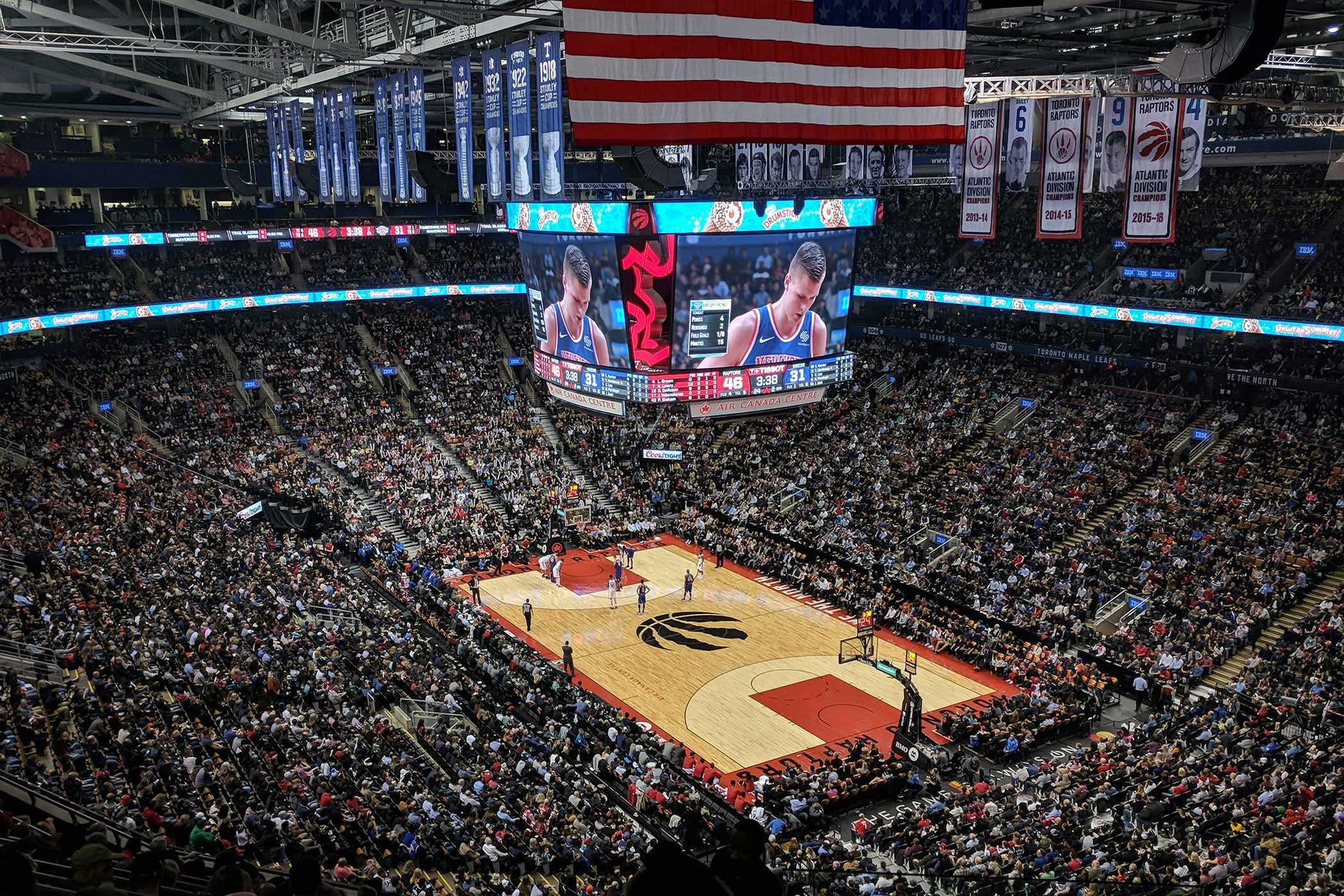Shop
What Exactly Is a Bock Beer?
I'll be bock!
Looking for More "What Is?" Stories?
When you tip back a traditional German bock, you’re drinking a beer laced with history. This dark lager, dating back to the Medieval era, was originally brewed in the northern town of Einbeck, Germany, during the fourteenth century.
When the bock traveled south to the city of Munich during the seventeenth century, the subtle differences in language meant that Bavarians started to mispronounce the beer from Einbeck as ein bock.
That word in German literally translates to billy goat.
The name stuck, and so did the image of the animal, which you’ll still find on many bock labels.
One might be tempted to say this beer style is the…GOAT. We might not go that far, but it is a reasonably unknown style worth exploring.
Let’s fall down the goat ::cough cough:: rabbit hole.
First, The Bock Family Tree: Helles Bock / Maibock, Bocks, and Doppelbock
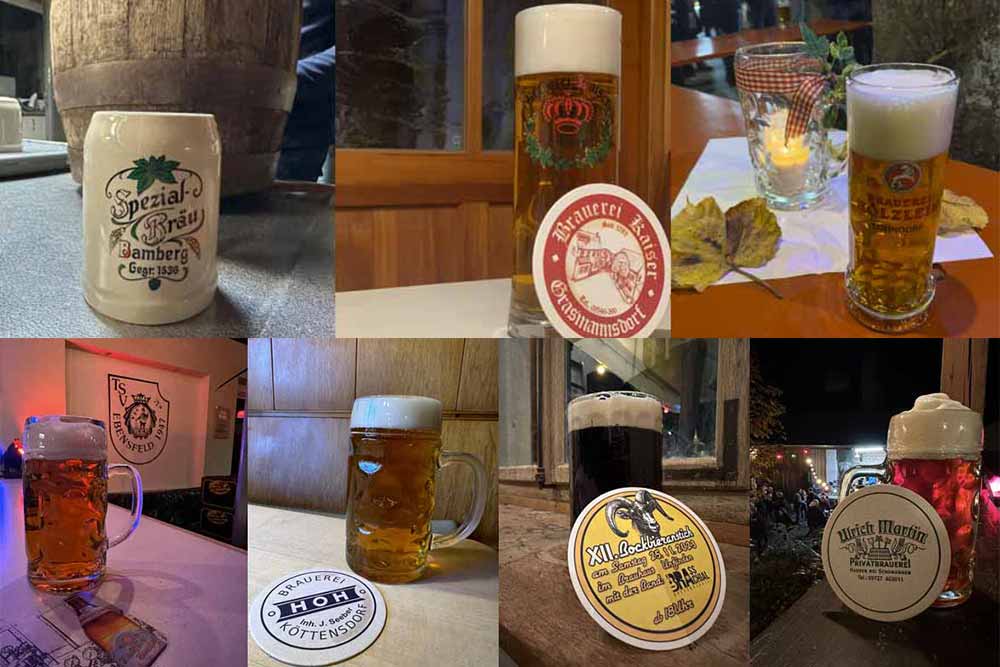
Collection of Bockbier | Photography courtesy of Jose Santos Caro
Typically, when saying bock, one refers to the classic dark German lager, but there are actually several different types of bocks that fall under that umbrella. Think of all these bocks on a spectrum, starting with a lighter, pale lager and moving toward a darker, heartier lager.
Helles Bock / Maibock – Like the lighter, paler cousin of bocks, helles bocks and maibocks are frequently used interchangeably. According to the Beer Judge Certification Program (BJCP) definition, helles bocks are “a relatively pale, strong, malty German lager beer with a nicely attenuated finish that enhances drinkability. The hop character is generally more apparent than in other bocks.” Pouring a deep gold to light amber, these beers represent the spring (Mai means May in German). For that reason, you’ll find a robust malt character and a heavier hop presence than in other bocks.
Bocks – The traditional dark German lager that sort of acts as the godfather to all these other bocks. Historically, according to the BJCP, bocks are “a dark, strong, malty German lager beer that emphasizes the malty-rich and somewhat toasty qualities of continental malts without being sweet in the finish.”
Doppelbock – Still very malty, still very dark, but much sweeter, doppelbocks are much like the imperial version of a stout—maltier, richer, and higher in ABV. In fact, this makes sense when you translate the word doppel, which means double in German. First brewed by Munich monks, doppelbocks interestingly started lower in alcohol content, considered “liquid bread” at the monastery. Expect deep chocolate, roasted toffee, and caramel sweetness.
So, What Exactly Is a Traditional Bock?
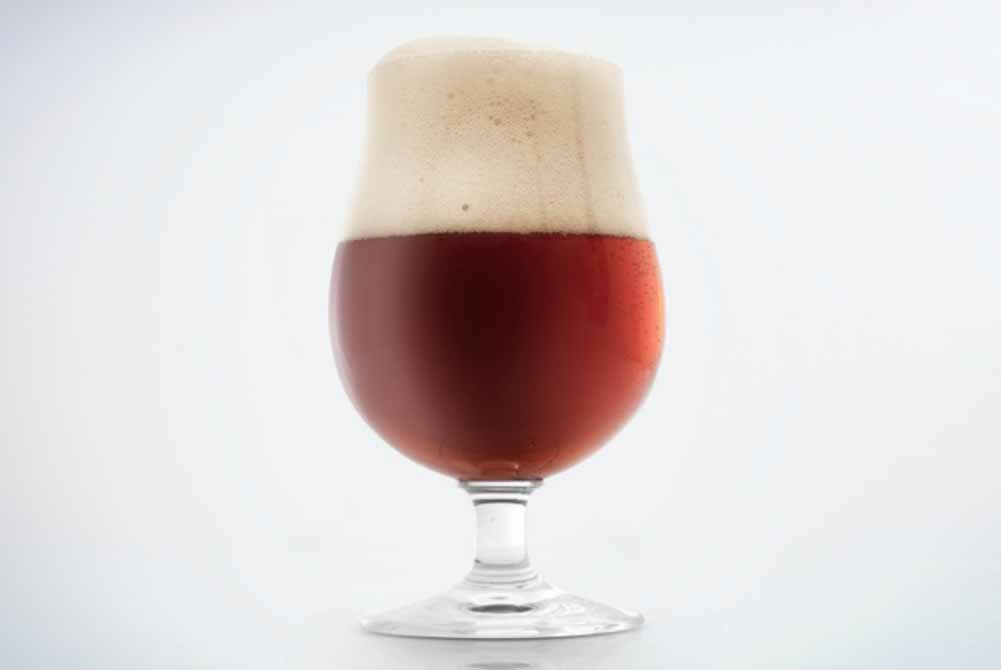
Photography courtesy of Kegerator.com
Essentially dark lagers heavy on the malt, traditional German-style bocks showcase classic German grains like Munich or Vienna malt.
“Definitely more malt-forward, the malt profile and the ester alcohol profile are where you achieve your balance,” says Dave Bleitner, co-founder of Off Color Brewing and architect of the brewery’s bock—Beer For Burgers. “As opposed to a pilsner or pale ale where you get more from a hop profile versus the maltiness, these bocks tend to be more on the boozy side of flavors to balance the sweetness.”
Additionally, because these beers are lagers, brewers use bottom-fermenting yeast during fermentation. Historically, this means brewers would store their bocks for longer periods to smooth out all those intense flavors.
At Off Color, Beer for Burgers rests in a blend of second and third-use bourbon barrels. “You get a little more subtlety of oaky, vanilla, coconut note from the traditional bourbon, but it gets watered down into a nice beer,” says Bleitner. “It gives you the complexity of a bourbon barrel without the intense burn and booze.”
All this helps those malts shine.
Bocks Are All About the Malt
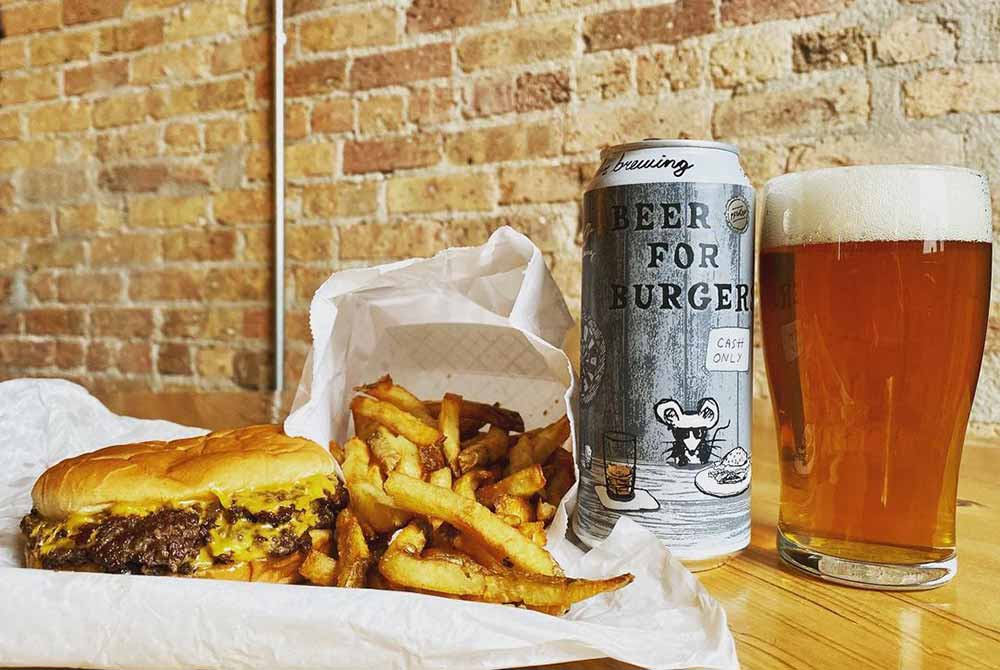
Photography courtesy of Off Color Brewing
Remember, bocks are traditional German beers, so whether you’re drinking a helles bock / maibock, traditional bock, or doppelbock, most recipes include classic malts in the grain bill.
“The ingredients are usually pretty simple for traditional recipes when talking about a straight bock,” says Bleitner. “Traditional, classic, lightly roasted malts like Munich malt, Vienna malt, or Pilsner malt if you’re talking about a helles. ”
In Off Color’s Beer for Burgers, Bleitner uses a base pilsner malt and a bit of Munich malt as well. “It’s pretty straightforward,” says Bleitner. “You get a clean pilsner base, a little bready, a little sweet biscuit, and more of a biscuit flavor from the Munich malt.”
That high malt character contributes to a bock’s color and tasting characteristics. And makes it perfect for a German tradition called bierstacheln, which involves sticking a beer with a hot poker to heat up the liquid and caramelize leftover sugars.
What Are Some Common Characteristics of a Bock?
If you take away one thing from this piece, remember that bocks are all about the malt.
In traditional bocks, the malt contributes to the significant sweetness balanced with strong notes of toasted nuts.
Bocks are “a little bit darker in color, a little bit richer in malt flavor with just enough hops to balance out that malt sweetness,” says Joel Shields, Rogue Ales brewmaster. Rogue’s Dead Guy Ale, a helles bock / maibock, has been a staple at the brewery since first brewed in 1990.
Typically a bit stronger than a lager, bocks have an alcohol content between 6.3% and 7.5% ABV.
Pouring a light amber to straight brown, bocks punch you with a predominant aroma of dark baking bread.
You’ll find much of the same on the sip: simmering caramel, chewy buttered biscuits, and maybe just a touch of dried fruit in the background.
Bocks will fill your mouth with a sturdy, smooth body, finishing very velvety with perhaps just a whisper of hop character.
What Are Some Common Characteristics of a Helles Bock / Maibock and Doppelbock?
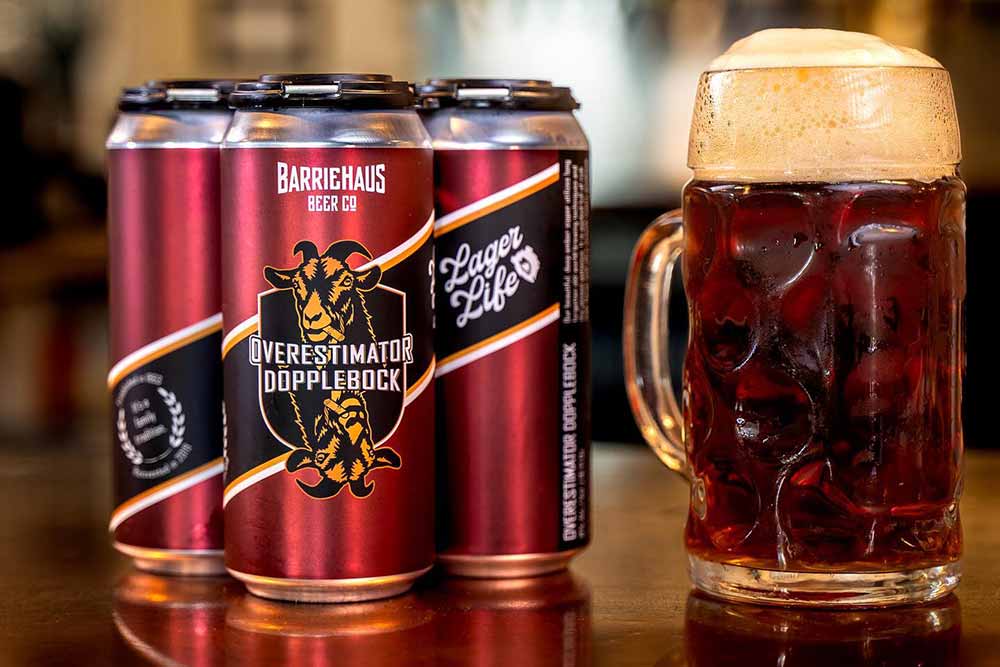
Photography courtesy of @barriehausbeerco
Again, the malt takes centerstage with both a helles bock / maibock and doppelbock.
In a helles bock / maibock, European pale malts give off a deep gold to light amber color and predominant toasted notes. Hops play more of a role here, working more closely with the malt. Think of these beers as paler, slightly hoppier versions of a traditional bock.
For example, Dead Guy includes Munich for maltiness, a little bit of Crystal 15 malt for color, and 2-Row malt for the base. But the beer is complemented by Perle and Sterling hops. “Those are America’s version of Hallertau, Mittelfruh, and Saaz,” says Shields. “Sterling is more like Saaz for a nice lightly spicy finish, and Perle is used for bittering.”
On the other end of the spectrum, doppelbocks benefit from very dark malts. Typically higher in alcohol than a traditional bock, doppelbocks fall somewhere between 7% to 10% ABV.
Closer to dark rust or brown in appearance, doppelbocks drink with a deep maltiness as well. Think almost closer to chocolate, stewed fruit, and toasted rye bread.
The State of Bocks in American Craft Beer
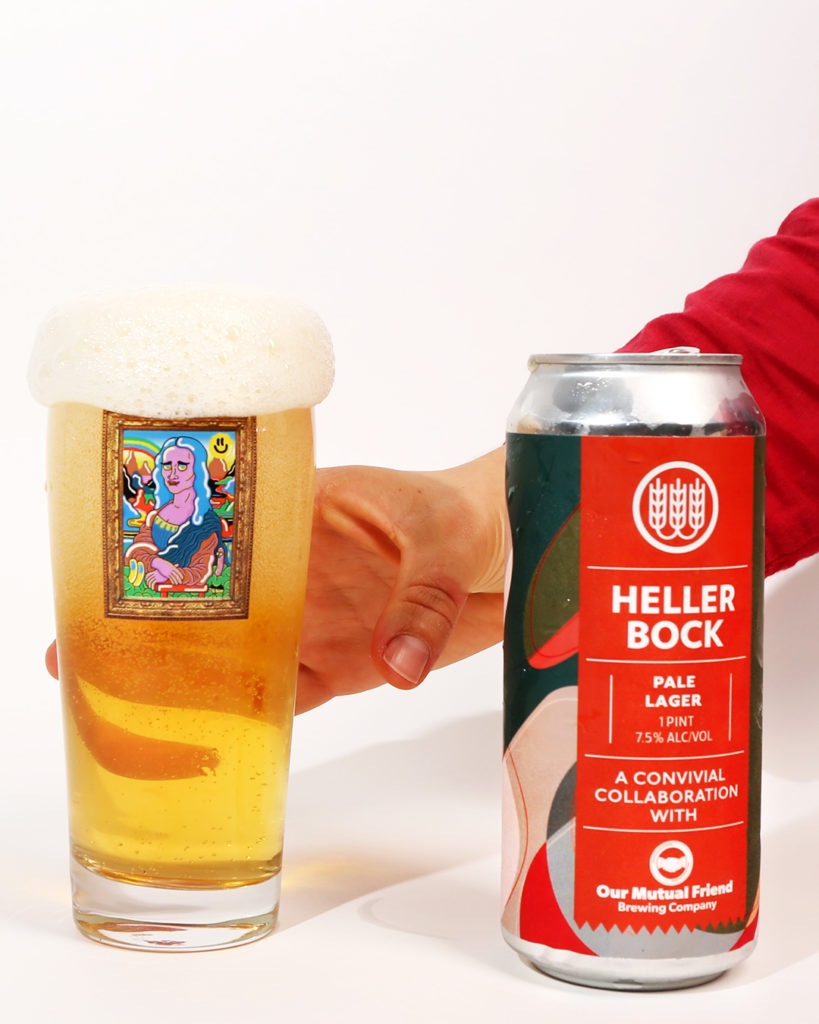
Photography courtesy of John A. Paradiso
Bocks have a significant place in German history, but they’re far more rare in American craft beer.
“It seems like a beer that would appeal to people, so I don’t fully understand why there aren’t more of them around,” says Bleitner.
Although Dead Guy has become an extremely popular beer at Rogue, Shields says they avoid calling it a straight-up bock. “It’s a great beer, but if you put ‘bock’ on there, it won’t sell quite as well,” says Shields. Instead, Rogue relies on catchy artwork to draw people in to drink the beer. Once they do…they’re hooked.
According to Shields, fifty percent of their customers say Dead Guy is their favorite beer. “Many people say it’s their go-to even though they like IPAs,” says Shields. “You’ll like this beer because it’s pretty approachable for everyone.”
With breweries like Off Color, Rogue, and Tröegs brewing their own versions, consider carving out a space for bocks.
“I don’t know what’s wrong with everyone,” says Bleitner. “They’re yummy!”
What Are Some Good Bocks to Try?
We’re including versions of all types of bocks to try here, including helles/maibock, traditional bocks, and even doppelbocks.
Dead Guy Ale – Rogue Ales
Newport, OR
Helles Bock/Maibock – A super popular beer at Rogue, Dead Guy came into the brewery’s portfolio in 1990. First brewed for a Day of the Dead celebration, Dead Guy’s unique artwork draws people in. But it’s the beer that captures their taste buds. “Expect big maltiness, especially because of the Munich malt and nice, almost sweet finish but balanced out with just enough hops so that it’s not cloyingly sweet,” says Shields. “Dead Guy pours light amber with an off-white, thick head and finishes with a nice crisp hop bitterness and a touch of spicy hop notes.”
Beer for Burgers – Off Color Brewing
Chicago, IL
Helles Bock/Maibock – Originally brewed as a nod to a boilermaker—a beer and a shot—Beer for Burgers was meant to be the ultimate…well, beer for your burgers. “The idea was to make a clean beer that could stand up to the wood and alcohol you get from barrel aging,” says Bleitner. Using Off Color’s helles bock base, Bleitner created Beer for Burgers by resting the beer in a blend of second- and third-use bourbon barrels. Fermented with traditional lager yeast, Beer for Burgers is “a very clean base that has a little bit of fruit notes from fermentation, especially like a mild stone fruit mixed in with a little boozy alcohol note,” says Bleitner. “Not to the extent you get on an imperial stout, but just a hint of alcohol burn helps balance the residual sweetness from the malts.”
Christmas Bock – Enegren Brewing Company
Moorpark, CA
Helles Bock/Maibock – According to Enegren Co-Owner John Bird, Christmas Bock, a seasonal at the lager-forward brewery in Southern California, is one of the brewery’s most popular beers. When Christmas Bock rolls out in the wintertime, the beer “blows it away,” he says. “[People] anticipate that one the most, so we’re brewing more and more every year. I love that one; it comes out perfect. … It catches everybody with that nice, malty, little bit sweet characteristic, and it really is just nice on the palate and not overwhelming.”
Maibock – Goldfinger Brewing Company
Downers Grove, IL
Helles Bock/Maibock – The highest-rated maibock of all time on Untappd, Goldfinger’s Maibock crushes it with a 4.08 rating on the app. Goldfinger Owner and Brewer Tom Beckmann takes this German lager through a single decoction mash to help highlight that bready malt backbone. But, as with most of these springtime lagers, Maibock balances out with a lightly assertive floralness, like when you first notice the floors blooming in April. This version of a bock is one that awakens the senses.
Maibock – Barrique Brewing and Blending x Bierstadt Lagerhaus
Nashville, TN x Denver, CO
Helles Bock/Maibock – Another all-time top-rated maibock on Untappd, with a rating of 4.06, Maibock was a collaboration between two revered lager breweries—Barrique Brewing and Blending and Bierstadt Lagerhaus.
“Back in February [2023], our dear friends Bill and Ashley from Bierstadt Lagerhaus in Denver, CO, flew out to Nashville to make wort and have a good time. While taking a break from gorging on hot chicken and late-night honky tonking, we managed to brew a beer,” wrote Barrique in the beer’s Untappd description.
Starting with a blend of heirloom barley from the German maltster Weyermann, Maibock goes through a double decoction before hopping with Tettnanger from Hop Head Farms and lagering for eleven weeks in oak barrels.
“A waft of springtime, with its malty sweet aroma and floral, grassy layers,” writes Barrique.
Burkhart – Schilling Beer Co.
Littleton, NH
Single/Traditional Bock – The incredible lager-forward brewery’s interpretation of a German-style lager, Burkhart features that predominant malt profile—dark rye toast and Werther’s hard caramel candies—followed by that classic soft hop bitterness. A beautiful balance belies a hearty beer best drunk in the dregs of fall. While this beer ranks in the top ten of Untappd’s all-time highest-rated single bocks, Brennan, another of Schilling’s creations and a foeder-aged smoked bock, ranks fifth.
Funeral Bock – Wayfinder Beer
Portland, OR
Single/Traditional Bock – According to Untappd, Wayfinder double decocts this jet-black bock with Münich and roasted malts before cold-fermenting with what the brewery calls “our secret heritage lager yeast.” A homage to the German style, Funeral Bock lagers for a long time before seeing the light of day. All contribute to an extremely tasty beer that rates with a very high 4.02 on the app. In fact, this bock ranks as the second highest of all time in the “Bock – Single / Traditional” category!
Rockefeller Bock – Great Lakes Brewing Company
Cleveland, OH
Single/Traditional Bock – The classic version from Great Lakes Brewing Company showcases the true power of a traditional bock. Rich and malty, Rockefeller Bock should be your go-to for an American version of this classic German beer.
Overestimator – BarrieHaus Beer Co.
Tampa, FL
Doppelbock – We named Overestimator to our list of the “Best Beers to Drink in Fall 2023” because the doppelbock drinks smoothly but boldly at 8% ABV and 35 IBUs. Expect brash malt-forward breakfast tones like Raisin Bran and golden delicious toast with mixed berry jam. Those dark fruit notes dominate, complemented by a floral, peppery spiciness to tingle through your fingers and toes.
Re-cooperator Port-Barrel Barrel-Aged Doppelbock – Bingo Beer Co.
Richmond, VA
Doppelbock – Another one of our “Best Beers to Drink in Fall 2023,” Re-cooperator Port-Barrel Barrel-Aged Doppelbock pours a deep amber to rich brown like aged leaves just about to fall off the tree. A light coffee whip head belies sonorous notes of golden raisin, dried apricot, and port wine beneath the surface.
Re-cooperator might be the beer you drink next to the fire in your smoking jacket as you tuck into a good mystery and put your toes up to warm against the grate—if you’re into that kind of cozy thing.
We recommend this one for late fall when the temperatures turn a bit chillier.
Troegenator Doublebock – Tröegs Independent Brewing
Hershey, PA
Bock/Doppelbock – As Tröegs writes in its Troegenator Doublebock description on Untappd, “Thick and chewy with intense notes of caramel, chocolate, and dried stone fruit, ‘Nator (as we’ll call him) serves as a tribute to this liquid bread style.”

